Gujarat, a culturally rich state in western India, is home to a fascinating architectural wonder – the ancient stepwells. These intricately designed structures, also known as vavs or baolis in the local language, are not only a source of water but also an oasis of tranquility and architectural grandeur. A visit to Gujarat’s stepwells is like stepping back in time and experiencing the architectural prowess of the past.
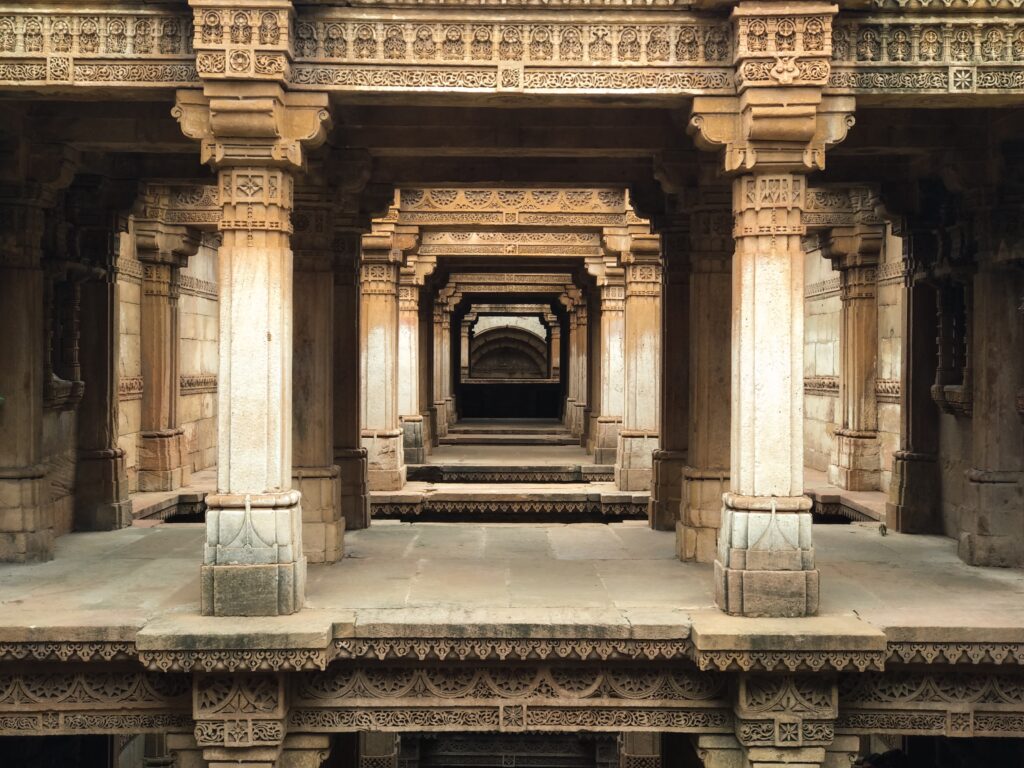
The stepwells are an integral part of Gujarat’s cultural and historical legacy. They were not only used for storing water but also served as community gathering spaces, along with providing respite from the heat of the region. These stepwells were constructed by various rulers and wealthy individuals over many centuries, each showcasing their unique architectural style and design.
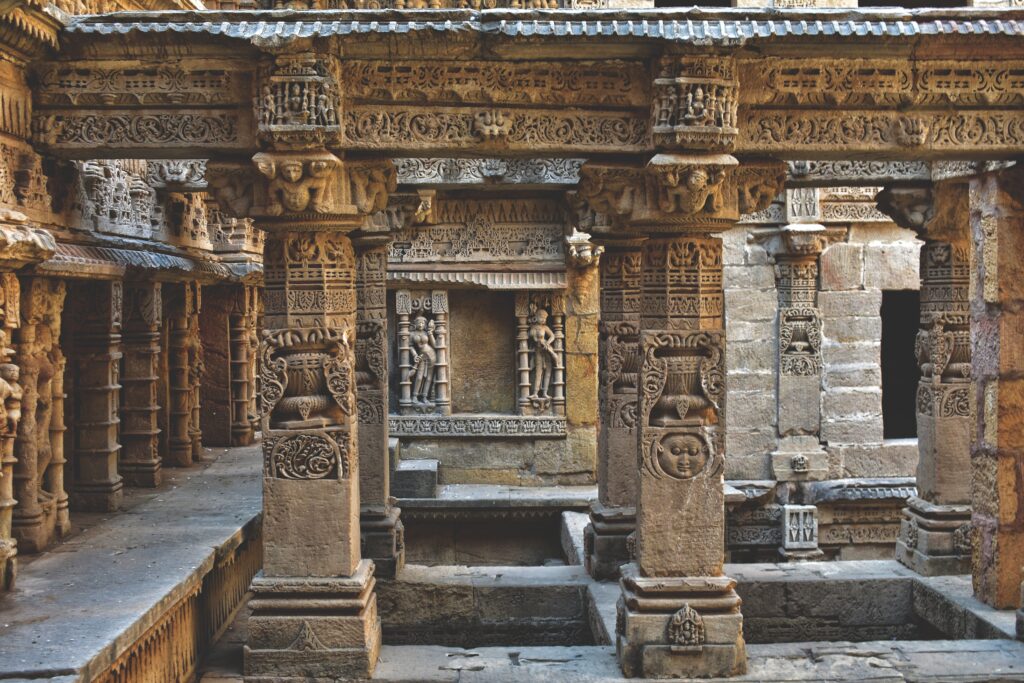
One of the most famous stepwells in Gujarat is the Rani ki Vav, located in the town of Patan. This UNESCO World Heritage site is a stunning example of ancient Indian architecture. Built in the 11th century by Queen Udayamati in memory of her husband Bhimdev I, the Rani ki Vav is a marvel of intricate carvings and ornate pillars. The stepwell is structured in seven levels, each revealing beautiful sculptures depicting various Hindu deities, mythological scenes, and celestial beings. The grandeur and attention to detail in this stepwell are a testament to the rich artistic heritage of Gujarat.
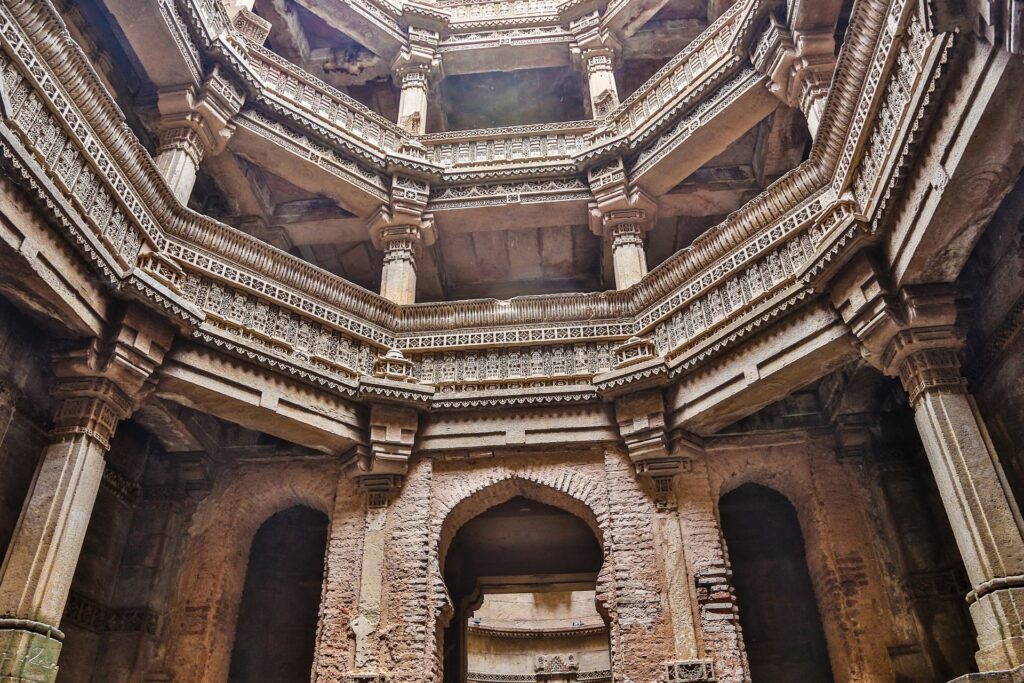
Another remarkable stepwell is the Adalaj Stepwell, located near Ahmedabad. This 15th-century marvel was commissioned by Queen Rudabai in memory of her late husband. The stepwell is known for its exquisite architecture, with delicately carved stone structures and intricate designs. The walls of the stepwell depict scenes from Hindu mythology, including gods, goddesses, and celestial beings. The Adalaj Stepwell is not just a place to store water but also a haven of tranquility, offering respite from the scorching heat.
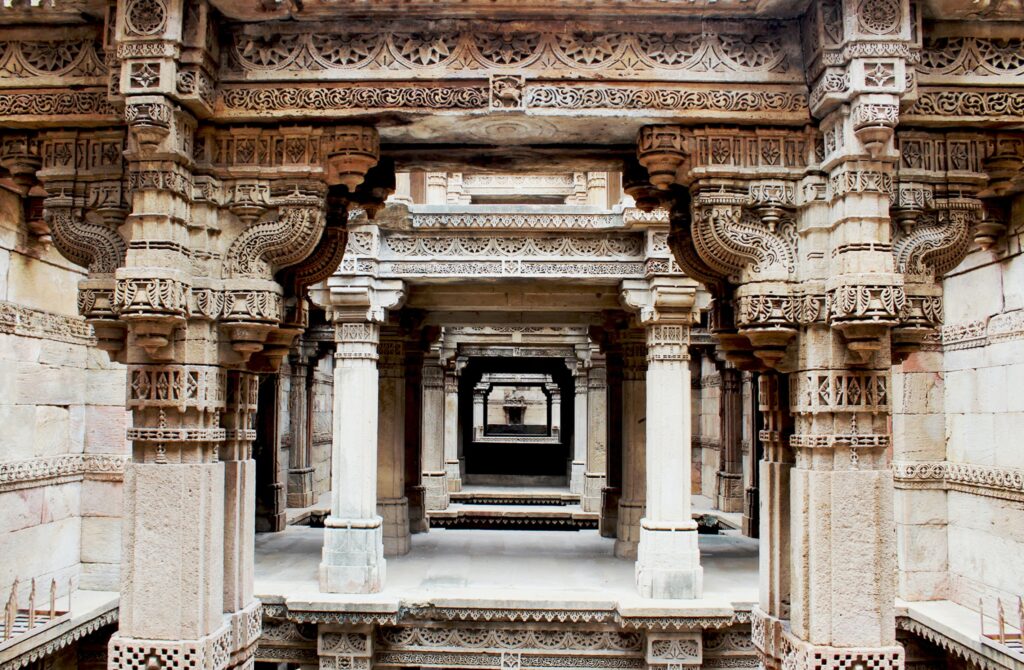
Gujarat is also home to the Dada Harir Vav, an ancient stepwell that dates back to the 15th century. Located in Ahmedabad, this stepwell is a fine example of Indo-Islamic architecture. The intricate carvings on the walls and pillars, along with the symmetrical design, showcase the fusion of Hindu and Islamic influence. The Dada Harir Vav stands as a testament to the inclusive and diverse heritage of Gujarat.
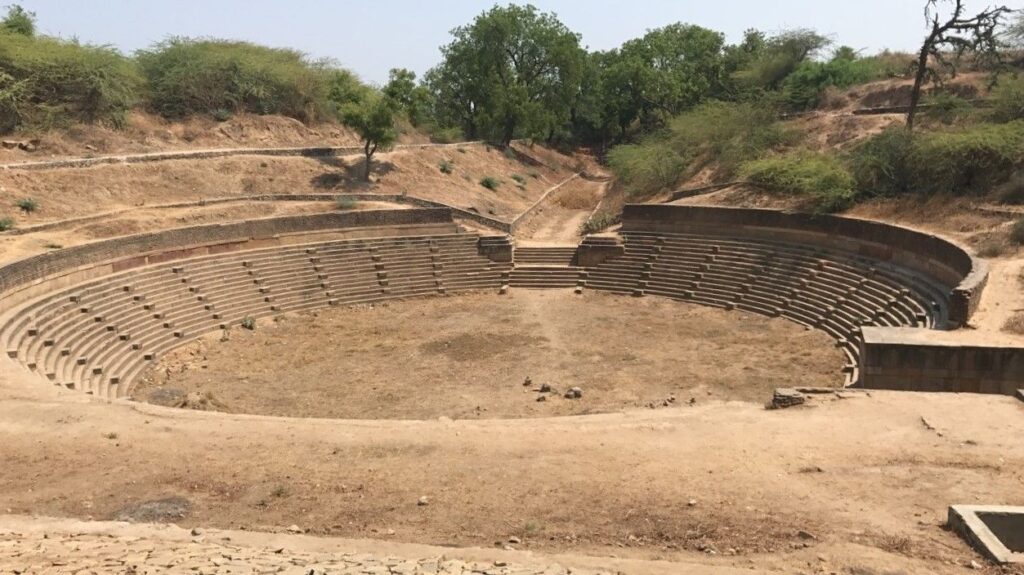
Apart from these famous stepwells, Gujarat is dotted with numerous other hidden gems waiting to be explored. The Sahastralinga Talav, located in the town of Patan, stands as a testament to Gujarat’s engineering prowess. This stepwell, also known as the “thousand-linga tank,” was built in the 11th century and features a large number of small shrines carved with lingam, a symbol representing Lord Shiva.
More: Wanted to download Odisha Magazines, visit here
The Patan ni Patola Museum is another must-visit destination for those interested in Gujarat’s rich cultural heritage. This museum showcases the traditional art of patola weaving, a craft that has been passed down through generations. The intricate and vibrant textiles created using this technique are a testament to the skill and expertise of the local artisans.
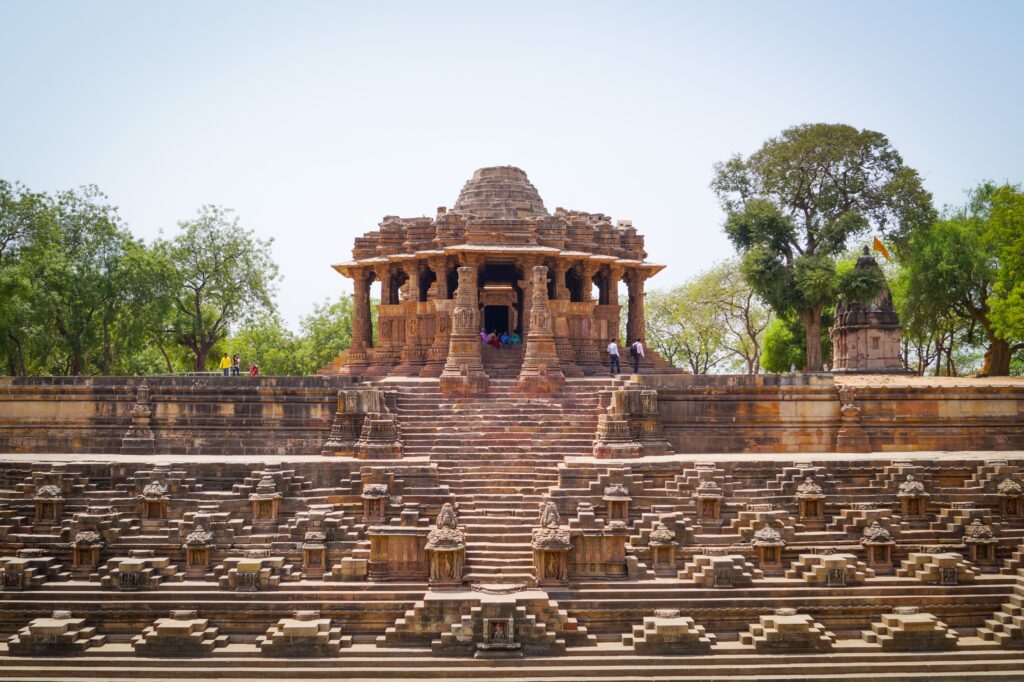
To truly appreciate the architectural marvels of Gujarat’s stepwells, one must also experience the vibrant festivals and celebrations that take place in the region. The Modhera Dance Festival, held at the Modhera Sun Temple, is a mesmerizing showcase of classical Indian dance forms against the backdrop of the ancient temple. The stepwells, with their captivating architecture, often provide a majestic backdrop for cultural performances during these festivals.
Visiting the stepwells of Gujarat is not just an architectural experience but also a cultural immersion. It offers a glimpse into the rich history and heritage of the region, allowing visitors to connect with the local traditions and age-old practices. The stepwells are not just structures that have withstood the test of time but also a testament to the ingenuity and craftsmanship of the people who built them.
In conclusion, exploring the ancient stepwells of Gujarat is a journey back in time to witness the architectural and cultural splendor of the past. These mesmerizing structures, with their intricate carvings and grandeur, are a true reflection of Gujarat’s rich heritage. A visit to these stepwells is an opportunity to immerse oneself in the history, art, and spirituality of Gujarat’s architectural wonders. So, pack your bags and embark on a journey to Gujarat to witness the magnificence of its ancient stepwells.
FAQ For The Ancient Stepwells of Gujarat
What are stepwells?
Stepwells are architectural structures found in India that were traditionally used as water sources and places for religious and social gatherings. They were built with steps leading down to the water level, allowing easy access for people to collect water and also providing a cool space during hot weather.
Where are the ancient stepwells located in Gujarat?
Gujarat, a state in western India, is home to several ancient stepwells. The most famous ones include Rani Ki Vav in Patan, Adalaj Stepwell in Ahmedabad, and Dada Harir Stepwell in Ahmedabad. There are also many other lesser-known stepwells spread across the state.
How do get to Stepwells of Gujarat?
Gujarat is well-connected via air, rail, and road transportation. The major airports in the state are Ahmedabad, Vadodara, and Surat. Trains and buses are available from major cities in India. It is recommended to check the current travel guidelines and plan accordingly.
Are there any entry fees for visiting the Stepwells of Gujarat?
Yes, there are entry fees for most of the ancient stepwells in Gujarat. The fees may vary depending on the site and whether you are a domestic or international visitor. It is advisable to check the official website or inquire locally for up-to-date information on entry fees.
What are the visiting hours for the stepwells?
The visiting hours for the stepwells usually vary depending on the site and the time of year. However, most stepwells are open to the public from morning till evening. It is recommended to check the specific timings on the official website or contact the local tourism authorities for accurate information.
What should wear while visiting the stepwells?
As most stepwells are religious sites or historical monuments, it is advisable to dress modestly and respectfully. It is best to wear comfortable clothing suitable for warm weather and consider covering your shoulders and knees. Additionally, wearing comfortable footwear is recommended as you may need to walk on steps and uneven surfaces.
Are there any guidelines for photography at the stepwells?
Photography policies may vary at different stepwells. While photography is generally permitted for personal use, it is important to respect any restrictions or guidelines provided by the site authorities. Some stepwells may require an additional fee for photography or prohibit the use of tripods, drones, or flash photography.
Are there any nearby attractions or places to visit in Gujarat?
Gujarat is known for its diverse cultural and historical sites. Apart from the stepwells, you can explore other attractions such as the Sun Temple in Modhera, Lothal Archaeological Site, Gir National Park, and the famous ancient city of Dwarka. Each of these places offers a unique experience and showcases Gujarat’s rich heritage.

